Nonprofits Get A Bag Of New Rules From Tax Overhaul
 When President Trump signed the massive federal income tax overhaul into law on December 22, 2017, much was made of nonprofits’ understandable concern that the higher standard deduction would reduce incentives for charitable giving. The concern is, of course, extremely important, but the new law also includes several other provisions that could affect nonprofits.
When President Trump signed the massive federal income tax overhaul into law on December 22, 2017, much was made of nonprofits’ understandable concern that the higher standard deduction would reduce incentives for charitable giving. The concern is, of course, extremely important, but the new law also includes several other provisions that could affect nonprofits.
Calculating unrelated business taxable income
The TCJA also makes certain fringe benefits includable in UBTI. These include qualified transportation benefits (for example, transit passes), qualified parking benefits and access to any on-site athletic facility.
Compensating executives
The TCJA also imposes a 21% excise tax on “excessive” executive compensation. The tax applies to the sum of any compensation (including most benefits) in excess of $1 million paid in the tax year to a covered employee plus certain large payments to that employee upon his or her departure from the organization (known as “excess parachute payments”).
A “covered employee” means a current or former employee reported as one of your five highest paid employees for any taxable year beginning after 2016. Licensed medical professionals aren’t covered employees for this tax.
But what’s an “excess parachute payment”? A payment generally is considered an excess parachute payment if:
- It’s contingent on the employee’s departure, and
- The present value of these payments equals or exceeds three times the base amount, which is the employee’s average annual compensation for the preceding five years.
The excess parachute payment subject to the excise tax is the amount of the parachute payment less the base amount.
Discouraging donations?
The increase in the standard deduction — it’s expected to reduce the number of taxpayers who itemize and, thus, can deduct charitable contributions — isn’t the only change that could affect giving.
For example, the TCJA doubles the estate tax exemption to $10 million (indexed for inflation) through 2025. With fewer wealthy individuals at risk of paying this tax, fewer people may make the generous donations that have been partly motivated by a desire to shrink their taxable estates. Plus, the TCJA eliminates any deduction for donations made in exchange for the right to buy season tickets to college athletic events.
The TCJA does raise the limit on cash donation deductions from 50% of adjusted gross income to 60%. But cash donations at this level are uncommon, so the higher limit may not stimulate much additional giving.
Obtaining financing
Some nonprofits issue tax-exempt bonds to finance construction and other capital activities. These bonds typically pay lower interest rates than other bonds. But investors are willing to accept the lower rates because they aren’t required to pay income taxes on the interest.
The TCJA, however, repeals the tax-exempt treatment for interest paid on a bond issued to refinance another tax-exempt bond. An “advance refunding bond” is used to pay principal, interest or redemption price on a prior bond issued more than 90 days before redemption of the refinanced (refunded) bond.
Let’s say you issue tax-exempt bonds at 4% interest but later discover you can refinance the bonds at 3% interest. Under the TCJA, the interest payments on the 3% advance refunding bonds won’t be tax-exempt for investors — that means you’ll need to pay more interest as recompense for the investors’ increased tax liability.
Charting the course ahead
Despite the advantage of a lower tax rate on unrelated business income, the new income tax law may reduce overall charitable giving while simultaneously increasing some nonprofits’ costs. Your CPA can help your not-for-profit chart the best course forward.
© 2018
This material is generic in nature. Before relying on the material in any important matter, users should note date of publication and carefully evaluate its accuracy, currency, completeness, and relevance for their purposes, and should obtain any appropriate professional advice relevant to their particular circumstances.
Share Post:









